
Yannick Nézet-Séguin: Die Walküre
Fri 26 April 2024 • 18.00


Yannick Nézet-Séguin: Die Walküre
Fri 26 April 2024 • 18.00
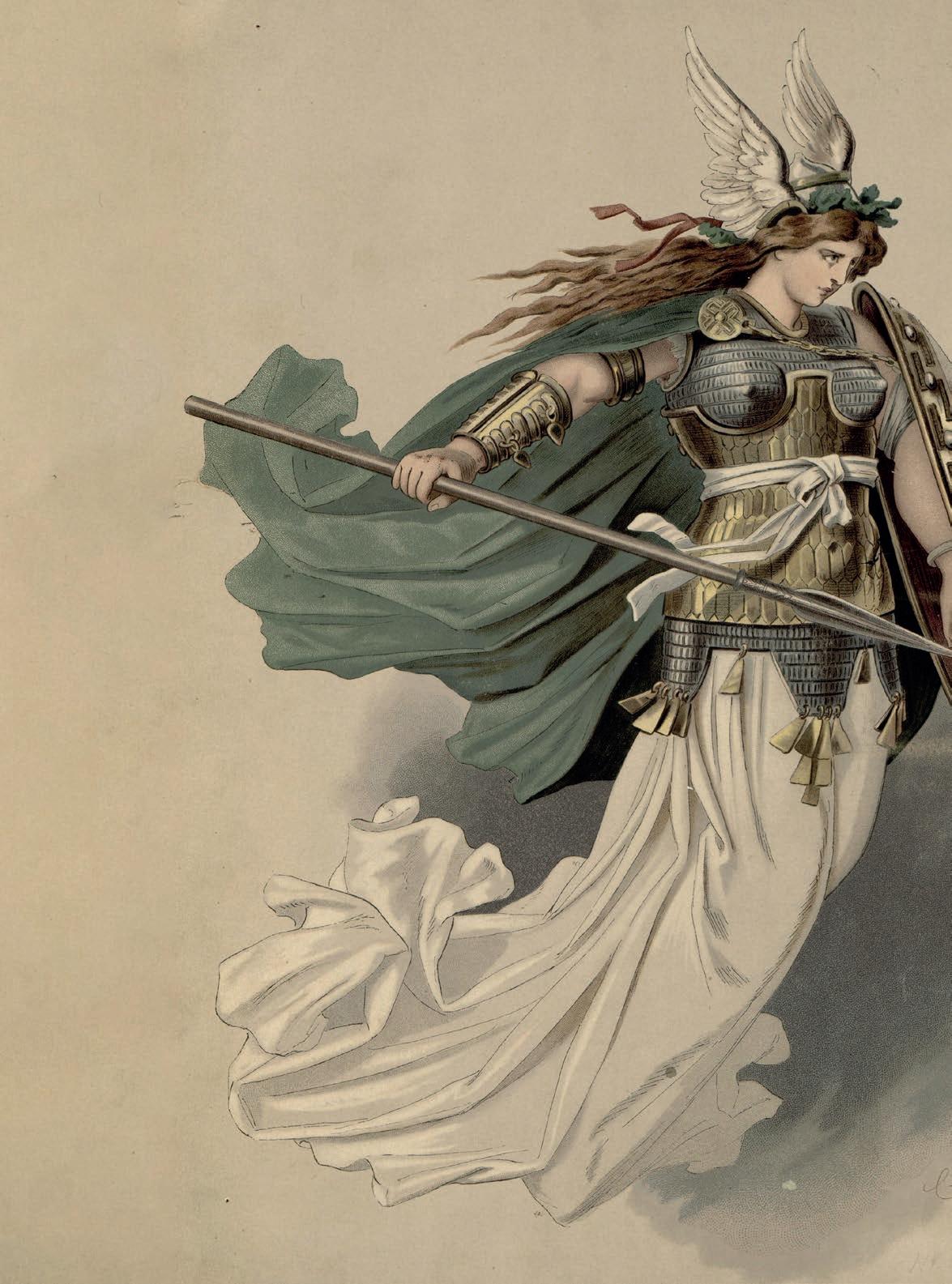
conductor Yannick Nézet-Séguin
Siegmund Stanislas de Barbeyrac
Sieglinde Elza van den Heever
Hunding Soloman Howard
Wotan Brian Mulligan
Brünnhilde Tamara Wilson
Fricka Karen Cargill
Ortlinde Justyna Bluj
Helmwige Jessica Faselt
Gerhilde Brittany Olivia Logan
Siegrune Maria Barakova
Waltraute Iris van Wijnen
Grimgerde Ronnita Miller
Rossweisse Catriona Morison
Schwertleite Anna Kissjudit
Richard Wagner 1813–1883
Die Walküre
Erster Tag des Bühnenfestspiels
Der Ring des Nibelungen [1848–54] (concert version)
Intermission after Act 1 and Act 2
Concert ends at around 22:45
First performance by our orchestra
Dutch and English title texts: Janneke van der Meulen
Cover: Photo Joel & Jasmin Forestbird (Unsplash)
Waltraute. Costume design for Die Walküre (1876) by Carl Emil Doepler. Coll. Archivio Ricordi

I - Fleeing through a storm, Siegmund reaches Hunding’s house. Sieglinde, Hunding’s wife, tends to Siegmund. When Hunding returns home, Siegmund tells them of the disasters that have befallen his life. He discovers that Hunding is related to his enemies. Hunding allows him to stay as his guest until the morning. Siegmund pleads to his father Wälse for a sword. Hunding lies in a deep sleep after Sieglinde drugs his drink. Sieglinde shows Siegmund a sword plunged into the tree, which a one-eyed stranger told her could only be pulled free by the very strongest of men. With the discovery that they were twins separated at birth, the love between Siegmund and Sieglinde grows. Siegmund pulls the sword from the tree.
II - The Valkyrie Brünnhilde is commanded by Wotan, her father, to assist Siegmund in his fight with Hunding. However, Wotan’s wife Fricka criticises the incestuous relationship of the twins and the broken marriage vows between Sieglinde and Hunding. Wotan must uphold the law: Siegmund can never be the hero who will recover Alberich’s Ring from the dragon Fafner. Wotan has to tell Brünnhilde that she must help Hunding and tries to explain the reason for this.
Siegmund and Sieglinde take flight. Brünnhilde must appear before Siegmund to foretell his death. However, she is moved by his love for Sieglinde. When Hunding catches up with them, Brünnhilde aids Siegmund, but Wotan shatters Siegmund’s sword Nothung with his spear. Siegmund gets killed, Wotan kills Hunding, Brünnhilde flees with Sieglinde.
III – Brünnhilde’s eight Valkyrie sisters carry fallen heroes to Valhalla. To their surprise, Brünnhilde arrives with Sieglinde. The Valkyries are fearful of Wotan’s wrath, but point the pregnant Sieglinde towards a place of safety. Sieglinde flees with the broken pieces of the sword. The enraged Wotan scares off the Valkyries and condemns Brünnhilde to mortality: a life serving whatever man will take her. Brünnhilde reminds Wotan that she has only done what he had actually wanted. And that Sieglinde will give birth to the free-spirited hero he has been waiting for: Siegfried. Wotan kisses his daughter, who falls into a magical sleep. And with his spear he commands the god of fire Loge to surround the rock on which she lies with a Ring of fire. Only a hero who does not fear the tip of his spear will be able to pass through the fire.
A storm. Thunder and lightning. In the brass section we hear the almighty cry of the god Donner. A fleeing warrior finds his way through the forest. Weary. Exhausted.
The real action of Der Ring des Nibelungen has begun: the prologue, Das Rheingold, is over. We know that Alberich, the Nibelung from the title, has forged a Ring of worldly power from the gold taken from the river Rhine. This Ring was taken from him by the supreme god Wotan, who paid Fasolt and Fafner, the giants who constructed his castle Valhalla, with gold treasure and the Ring. Alberich curses the Ring: may disaster befall anyone who possesses the Ring, until the gem is returned to its rightful master. The curse takes effect: Fafner kills his brother Fasolt and escapes with his gold treasure to a cave in a distant forest where he transforms himself into a lazy but fearsome dragon in order to guard the treasure.
Goddess of the Earth, Erda, mother of the Norns (goddesses of destiny), sends a warning to Wotan: stay away from the Ring. “All that is, will end.” Wotan rejects the warning and resists such fate: through Erda he fathers nine daughters, the Valkyries, who are to
retrieve the bravest dead from the battlefield to forge an army in Valhalla. And another, unnamed, woman will become mother to his mortal children Sieglinde and Siegmund. In Siegmund, Wotan sees a free-spirited hero able to save him from his destiny. Disguised as the mortal hero Wolfe – ‘Wolf’ is his soubriquet; Wälse the name by which his children know him - Wotan trains his son in the skills of a warrior and then leaves him to his destiny. The children’s mother is murdered. Wotan has his daughter kidnapped by thugs who offer her as a bride to the fierce chieftain Hunding, but he thrusts a sword into the trunk of a tree growing through Hunding’s house, declaring that whoever is able to pull out the sword will be the true husband of Sieglinde. Till such time, Wotan leaves her to her fate. Siegmund, a fierce warrior who calls himself ‘Wehwalt’ - the bringer of sorrow - sows death and destruction, and comes across Hunding’s men. He loses his weapons. Wotan summons a destructive storm, by which Siegmund ‘by pure chance’ finds refuge in Hunding’s house. Completely independently. But Fricka, Wotan’s wife - but not the mother of the Valkyries and the two mortal children – sees things differently.
Die Walküre depicts the start of the downfall of a family. In Die Walküre everyone is related: giants, dragons, dwarves, and the
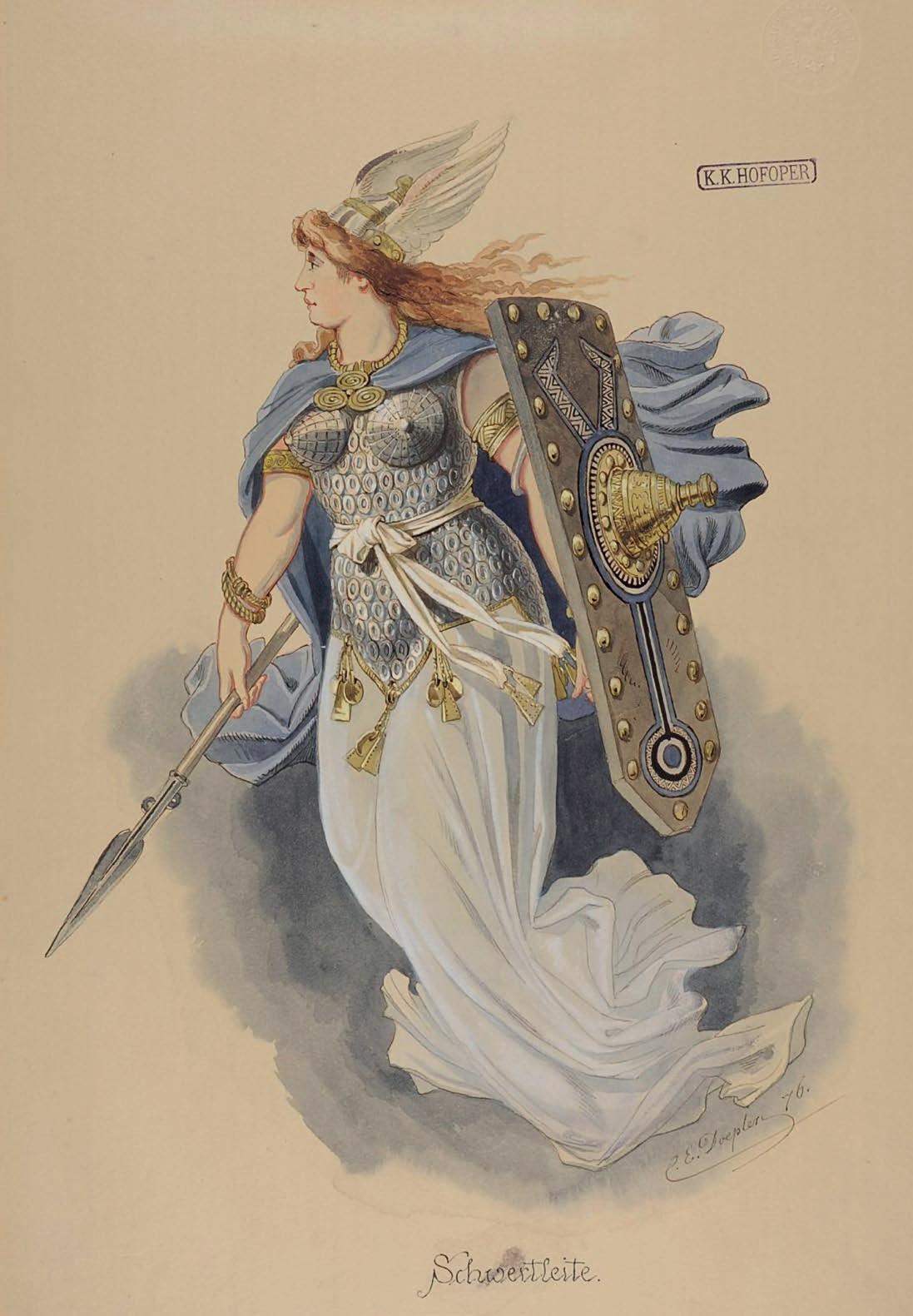
Schwertleite. Costume design for Die Walküre (1876) by Carl Emil Doepler. Coll. Vienna Theatre Museum
mentioned but unseen Norns. Wotan has fathered ten daughters and a son. And when the fleeing warrior, Wehwalt – Siegmund – stumbles helplessly into the house in the forest, so begins his reconnection with one family member, his twin sister Sieglinde. Hunding and Fricka are in-laws who defend their respective families’ honour. But they are not blood relations, and the blood line is everything: so much so that Siegmund and Sieglinde quickly mix sibling affection with physical desire. A child is conceived, who will be known as Siegfried, a nephew and son to both parents. Fricka will not accept this situation. Against the wishes of Fricka, and contrary to the rules of family
Wagner turns our ears into gateways to imagination
honour by which Wotan must remain bound, Brünnhilde determines to save this child. And in doing so she reveals to Wotan what real independence means: not the heroism that Wotan manipulates from a distance, but the refreshing rebelliousness and unexpected independent initiative by which she attempts to carry out what, after all, were Wotan’s actual wishes. Obliged to punish according to the rules of his own house, Wotan punishes her with the same fate as his other daughter Sieglinde: to wait helplessly to be rescued by a hero.
Brünnhilde is largely an original creation from Wagner: she is a combination of various myths and sagas, particularly of Norse and Icelandic origin. She is also reminiscent of Antigone, daughter of the Greek king who stood up for her brother against all the laws of the kingdom. Her father, Wotan, is not
only based on Norse and Germanic supreme deities, but in resisting fate he recalls something of Antigone’s father, Oedipus, and his implacable brother-in-law Creon, as well as Shakespeare’s King Lear, who repudiates his dearest daughter. In the four operas comprising Der Ring des Nibelungen (Das Rheingold, Die Walküre, Siegfried and Götterdämmerung) Richard Wagner combines many elements from northern European mythology with classical drama and Shakespeare. Although his musical language deploys leitmotifs – musical elements that represent characters, object, or events – Wagner does not require the listener to be familiar with them all. He envisaged that his audience would experience his music as a concrete phenomenon, a chain of stimuli. Wagner turns our ears into gateways to imagination: the storm that begins Act I, the celebrated Ride of the Valkyries, the entrance of Hunding to an intensely rhythmical motif, a sudden blaze of light, a crackling fire, and the Valhalla motif over which Sieglinde describes the unknown man who thrust the sword into the tree. And through this music we also feel love: the love for a father, mother, sister or brother. The love for a mother is captured in Sieglinde’s joyful cry when she is told about the child she is carrying: the melody returns as a message of hope at the end of Götterdämmerung, when Wotan and his entire family have met their end. The fact that Leonard Bernstein uses the motif in his musical West Side Story – when Maria sings ‘I have a love and it’s all that I have’ – tells us something about the universal musical language created by Wagner.
Hein van Eekert
Born: Bordeaux, France
Education: Conservatoire de Bordeaux with Lionel Sarazzin
Awards: Laureate Queen Elisabeth Competition 2011
Opera roles: Don Ottavio/Don Giovanni, Tamino/ Die Zauberflöte, Max/Der Freischütz, Walther von der Vogelweide/Tannhäuser, Alfredo/La Traviata, Cassio/Otello, Pelléas/Pelléas et Mélisande
Opera houses: Metropolitan Opera, Royal Opera House, Opéra National de Paris, Bayerische Staatsoper, Dutch National Opera, Festivals of Aix-en-Provence and Salzburg
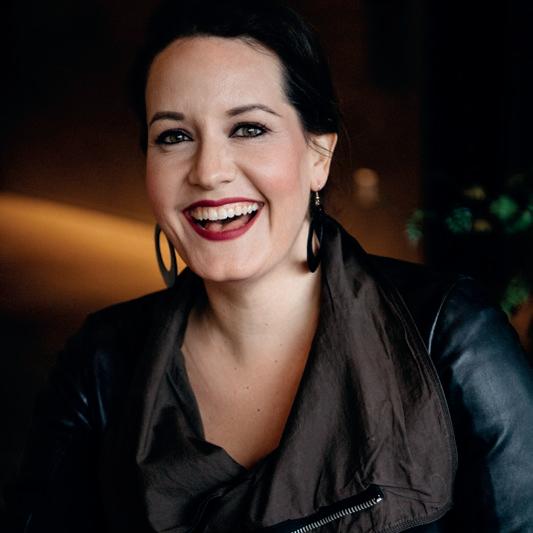
Born: Montréal, Canada
Education: piano, composition, chamber music and conducting at the Conservatoire de Musique du Québec in Montreal, choral conducting at the Westminster Choir College in Princeton, New Jersey
Current position: music director Metropolitan Opera New York, Philadelphia Orchestra, Orchestre Métropolitain du Grand Montréal; honorary conductor Rotterdam Philharmonic (until 2018 chief conductor), honorary member Chamber Orchestra of Europe
Debut Rotterdam Philharmonic: 2005

Born: Johannesburg, South Africa
Education: San Francisco Conservatory of Music; Sheri Greenawald
Awards: Seattle Opera International Wagner Competition (2008)
Opera roles: Elettra/Idomeneo, Donna Anna/ Don Giovanni, Leonora/Fidelio, Elisabetta/Maria
Stuarda, Elsa von Brabant/Lohengrin, Marie/ Wozzeck, Kaiserin/Die Frau ohne Schatten
Opera houses: Wiener Staatsoper, Theater an der Wien, Opernhaus Zürich, Oper Frankfurt, Dutch National Opera, Metropolitan Opera, Lyric Opera of Chicago
Photo: Eduardus Lee Photo: Jérôme Bellocq Photo: Jiyang Chen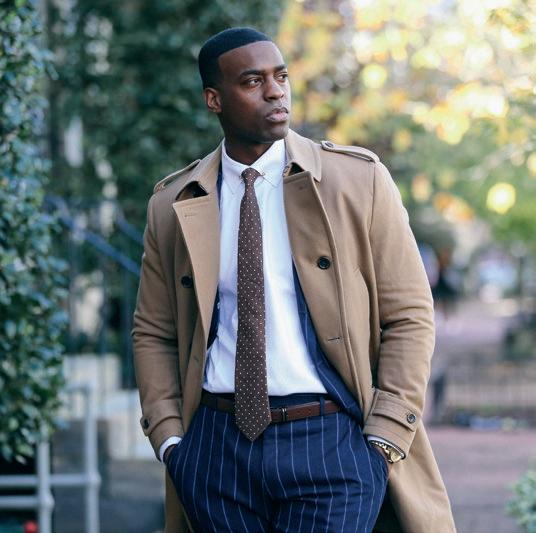
Born: Washington DC, USA
Education: Manhattan School of Music; Morgan State University
Awards: Washington Performing Arts
Ambassador of the Arts Award 2021
Opera roles: Commendatore/Don Giovanni, Sarastro/Die Zauberflöte, Fafner/Das Rheingold, Grand Inquisiteur/Don Carlo, Ramfis/Aida, Timur/Turandot
Opera houses: Metropolitan Opera, Lyric Opera of Chicago, Washington National Opera, Staatsoper Hamburg, Opéra National de Bordeaux, Royal Opera House
Geboren: Endicott NY, USA
Education: Juilliard School of Music, New York
Awards: George London Award, Winner
International Hans Gabor Belvedere Vocal Competition
Opera roles: Count Di Luna/Il trovatore, Wotan
Das Rheingold and Die Walküre, Kurwenal/ Tristan und Isolde, Barak/Die Frau ohne Schatten
Opera houses: Metropolitan Opera, Wiener Staatsoper, Opernhaus Zürich, Lyric Opera of Chicago, San Francisco Opera, Dutch National Opera


Born: Arizona, USA
Education: University of Cincinnati; Houston
Grand Opera Studio
Awards: Richard Tucker Award 2016; Francesco
Viñas Competition: Grand Prize
Opera roles: Leonora/Il trovatore, Leonora/La forza del destino, Isolde/Tristan und Isolde, Aïda/ Aïda, Chrysothemis/Elektra, Ariadne/Ariadne auf Naxos
Opera houses: Metropolitan Opera, Lyric Opera of Chicago, Opernhaus Zürich, Teatro alla Scala, Los Angeles Opera, Dutch National Opera
Photo: Jon Adjahoe Photo: Opus 3 Artists Photo: Dario Acosta Brian Mulligan • Wotan Tamara Wilson • Brünnhilde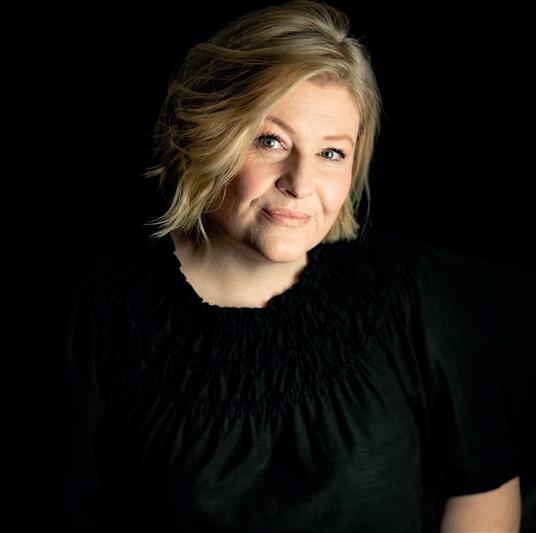
Born: Przemyśl, Polen
Education: Cracow Music Academy with Olga Popowicz, International Opera Studio Zürich
Masterclasses with: Brigitte Fassbaender, Anne Murray, Helmut Deutsch
Awards: Hans und Eugenia Jütting Scholarship
Opera roles: Contessa Almaviva/Le nozze di Figaro, Diane/Iphigénie en Tauride, Contessa di Ceprano/Rigoletto, Annina/La traviata, Ortlinde/Die Walküre, Die Vertraute/Elektra
Opera houses: Polish National Opera, Opernhaus Zürich, Théâtre des Champs-Elysées

Born: Abroath, Scotland
Education: Royal Conservatoire of Scotland
Glasgow; University of Toronto; National Opera Studio, London
Awards: Kathleen Ferrier Award 2002
Opera roles: Anna/Les Troyens, Waltraute, Erda/ Der Ring des Nibelungen, Brangäne/Tristan und Isolde, Suzuki/Madama Butterfly, Judith/Duke Bluebeard’s Castle
Opera houses: Metropolitan Opera, Royal Opera House, Deutsche Oper Berlin, Scottish Opera, Edinburgh International Festival, Glyndebourne Festival
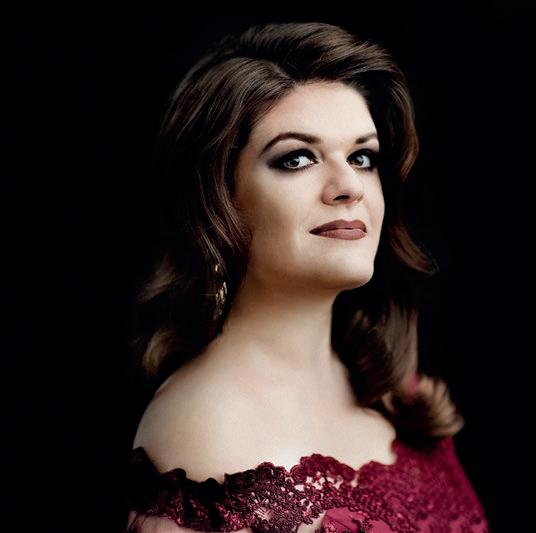
Born: Iowa City, USA
Education: University of Iowa School of Music, Cincinnati Conservatory of Music
Awards: George London Award 2020, Hildegard Behrens Foundation Award 2021
Opera roles: Lady In Waiting/Macbeth, High Priestess/Aïda, Freia/Das Rheingold, Helmwige/ Die Walküre, Salome/Salome, Ariadne/Ariadne auf Naxos
Opera houses: Metropolitan Opera, Atlanta Opera, Opera Theatre of Saint Louis, Florida Grand Opera, Tanglewood Music Festival
Photo: Nadine Boyd Photo: Dario Acosta Photo: Kinga Taukert
Born: California, USA
Education: California State University, Long Beach; Cincinnati Conservatory of Music
Awards: Judith Raskin Award 2021, Laureate
Giulio Gari Foundation Vocal Competition 2022
Opera roles: Clotilde/Norma, Anna/Nabucco, Marguerite/Faust, High Priestess/Aïda, Tatyana/ Eugene Onegin, Musetta/La bohème, Bianca/La Rondine, Bridget/Migrations
Opera houses: Metropolitan Opera, Welsh National Opera, Wolf Trap Opera, Houston Grand Opera
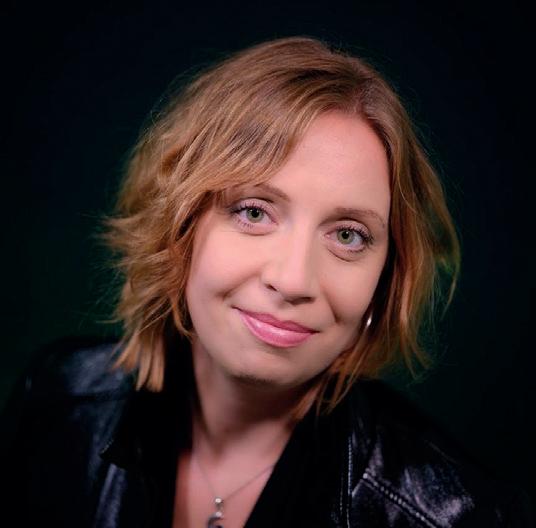
Born: California, USA
Education: California State University, Long Beach; Cincinnati Conservatory of Music
Awards: Judith Raskin Award 2021, Laureate
Giulio Gari Foundation Vocal Competition 2022
Opera roles: Clotilde/Norma, Anna/Nabucco, Marguerite/Faust, High Priestess/Aïda, Tatyana/ Eugene Onegin, Musetta/La bohème, Bianca/La Rondine, Bridget/Migrations
Opera houses: Metropolitan Opera, Welsh National Opera, Wolf Trap Opera, Houston Grand Opera

Born: Kemerovo, Russia
Education: Novosibirsk Murov College of Music, Russian Gnessin Academy of Music
Awards: Winner International Tchaikovsky Competition 2019
Opera roles: Tancredi/Tancredi, Adalgisa/ Norma, Fenena/Nabucco, Preziosilla/La forza del destino, Stéphano/Roméo et Juliette, Olga/ Eugene Onegin
Opera houses: Wiener Staatsoper, Teatro alla Scala, Metropolitan Opera, Teatro del Maggio Musicale Forentino, Teatro Massimo di Palermo, Bregenzer Festspiele
Photo: Dario Acosta Photo: Richard Brown Photo: Olga Kovach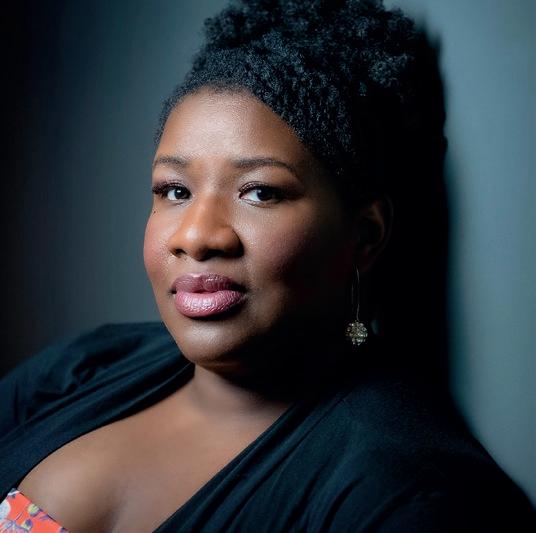
Born: Edinburgh, Scotland
Education: Royal Conservatoire of Scotland, Universität der Kunste Berlin, Hochschule für Musik Franz Liszt (Weimar)
Awards: Cardiff Singer of the World 2017
Opera roles: Cherubino/Le nozze di Figaro, Maddalena/Rigoletto, Fricka/Das Rheingold, Nicklausse/Les contes d’Hoffmann, Charlotte/ Werther, Hänsel/Hänsel und Gretel
Opera houses: Staatsoper Hamburg, Nationaltheater Weimar, Oper Köln, Edinburgh International Festival, Salzburger Festspiele, Berliner Festspiele

Born: Florida, USA
Education: Manhattan School of Music, Juilliard
Opera School
Awards: Grammy Nomination Best Opera
Recording 2023
Opera roles: Anna/Les Troyens, Mary/Der fliegende Holländer, Maddalena/Rigoletto, Erda/Das Rheingold and Siegfried, Fricka, Grimgerde/Die Walküre, Filipyevna/Eugene
Onegin, Lucia/Cavalleria Rusticana
Opera houses: Metropolitan Opera, Los Angeles Opera, Lyric Opera Chicago, Deutsche Oper Berlin, Ravinia Festival, Edinburgh International Festival
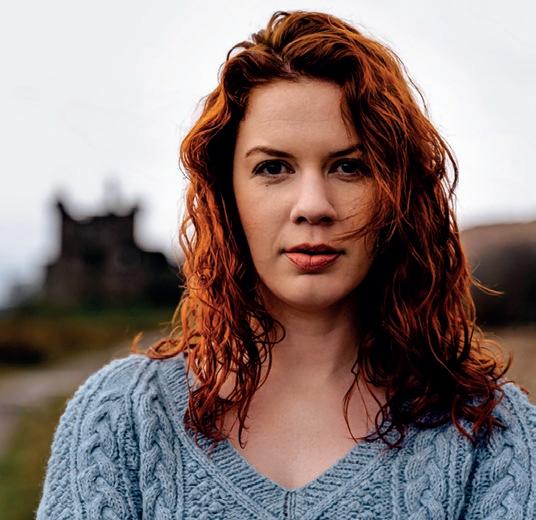
Born: Budapest, Hungary
Education: Franz Liszt Academy of Music (Budapest) with Katalin Halmai and Imola
Pogány, Hochschule für Musik Hanns Eisler (Berlin) with Thomas Quasthoff
Awards: Wagner Prize Jozsef Simándy
Competition 2013, Winner József Gregor
Competition 2014
Opera roles: Schwertleite/Die Walküre, Erda/ Das Rheinghold and Siegfried, La Cieca/La Gioconda, Marta/Iolanta, Ježibaba/Rusalka, Kate
Pinkerton/Madama Butterfly, Gaea/Daphne
Opera houses: Budapest State Opera, Staatsoper Unter den Linden Berlin
Photo: Simon Pauly Photo: Stephanie von Becker Photo: Andrew LowThu 2 May 2024 • 20.15
conductor Yannick Nézet-Séguin
violin Randall Goosby
Dvořák Overture Carnival
Price Violin Concerto No. 2
Price Adoration
Brahms Symphony No. 4
Commemoration Concert
Tue 14 May 2024 • 20.15
Rotterdam, Laurenskerk
conductor Giuseppe Mengoli
soprano Ilse Eerens
soprano Martha Bosch
mezzo-soprano Nina van Essen
choir Laurens Collegium
Lutosławski Musique funèbre
Bruckner Ave Maria
Bruckner Aequale Nos. 1 and 2
Bruckner Christus factus est Schönberg Friede auf Erden
Vivaldi Gloria
Sun 26 May 2024 • 14.15
conductor Bertie Baigent
soprano Chen Reiss
Mozart Overture Idomeneo Korngold Einfache Lieder
Berg Sieben frühe Lieder
Bach/Webern Ricercare
Mozart Symphony No. 40
Star Wars: A New Hope in Concert
Fri 31 May 2024
Sat 1 June 2024
Chief Conductor
Lahav Shani
Honorary Conductor
Viola
Anne Huser
Roman Spitzer
Galahad Samson
José Moura Nunes
Clarinet
Julien Hervé
Bruno Bonansea
Clarinet/
20.00
20.00
Rotterdam, Ahoy – RTM Stage
Williams Star Wars: A New Hope
Yannick Nézet-Séguin
Principal Guest Conductor
Tarmo Peltokoski
First Violin
Marieke Blankestijn, concertmeester
Quirine Scheffers
Hed Yaron Meyerson
Saskia Otto
Arno Bons
Mireille van der Wart
Rachel Browne
Maria Dingjan
Marie-José Schrijner
Noëmi Bodden
Petra Visser
Sophia Torrenga
Hadewijch Hofland
Annerien Stuker
Alexandra van
Beveren
Second Violin
Charlotte Potgieter
Cecilia Ziano
Frank de Groot
Laurens van Vliet
Tomoko Hara
Elina Staphorsius
Jun Yi Dou
Bob Bruyn
Eefje Habraken
Maija Reinikainen
Wim Ruitenbeek
Babette van den Berg
Melanie Broers
Lana Trimmer
Kerstin Bonk
Lex Prummel
Janine Baller
Francis Saunders
Veronika Lénártová
Rosalinde Kluck
León van den Berg
Olfje van der Klein
Cello
Emanuele Silvestri
Eugene Lifschitz
Joanna Pachucka
Daniel Petrovitsch
Mario Rio
Gé van Leeuwen
Eelco Beinema
Carla Schrijner
Pepijn Meeuws
Yi-Ting Fang
Double Bass
Matthew Midgley
Ying Lai Green
Jonathan Focquaert
Robert Franenberg
Harke Wiersma
Arjen Leendertz
Ricardo Neto
Flute
Juliette Hurel
Joséphine Olech
Flute/piccolo
Beatriz Da Baião
Oboe
Remco de Vries
Karel Schoofs
Anja van der Maten
Oboe/Cor Anglais
Ron Tijhuis
Bass Clarinet
Romke-Jan Wijmenga
Bassoon
Pieter Nuytten
Lola Descours
Marianne Prommel
Bassoon/
Contrabassoon
Hans Wisse
Horn
David Fernández Alonso
Felipe Santos Freitas Silva
Wendy Leliveld
Richard Speetjens
Laurens Otto
Pierre Buizer
Trumpet
Alex Elia
Simon Wierenga
Jos Verspagen
Trombone
Pierre Volders
Alexander Verbeek
Remko de Jager
Bass trombone
Rommert Groenhof
Tuba
Hendrik-Jan Renes
Percussion
Danny van de Wal
Ronald Ent
Martijn Boom
Adriaan Feyaerts
Harp
Charlotte Sprenkels